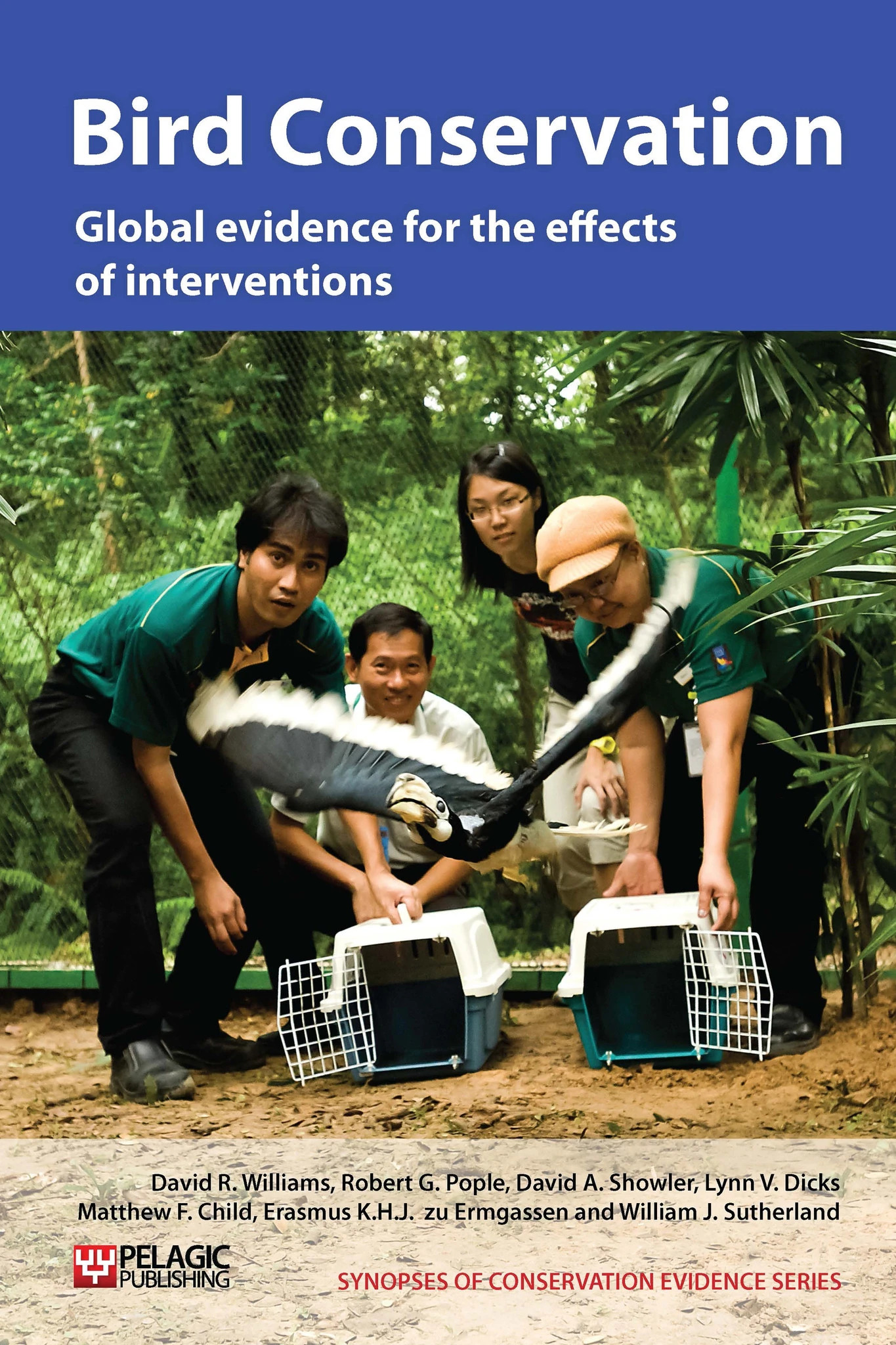Weight baits or lines to reduce longline bycatch of seabirds
-
Overall effectiveness category Likely to be beneficial
-
Number of studies: 4
View assessment score
Hide assessment score
How is the evidence assessed?
-
Effectiveness
46% -
Certainty
45% -
Harms
15%
Study locations
Supporting evidence from individual studies
A randomised, replicated and controlled experiment in February 1999, in the Northwestern Islands, Hawaii, USA (Løkkeborg 2001), found that weighing bait when setting hook-less bait lines, reduced attacks by black-footed Phoebastria nigripes and Laysan P..immutabilis albatrosses by 93% and 91% respectively, compared to lines set with un-dyed baits (measured as attacks/bird/100 branch lines). There were 24 replicates of each treatment, with squid bait weighed down with a 60 g swivel weight. Lines were set during the day and mimicked swordfish longline setting.
Study and other actions testedA study on a longlining vessel on the Chatham Rise, New Zealand, in July-August 1998 (Smith 2001) and using weighted lines and a streamer line (see ‘Use streamer lines to reduce seabird bycatch on longlines’), caught an average of 0.0093 birds/1,000 hooks – far lower than many other studies. Weights of 5 kg were attached every 400 m, but only caused faster sinking for approximately 40 m either side.
Study and other actions testedTwo randomised, replicated and controlled studies in 1999 (Melvin et al. 2001) found that seabird bycatch rates were significantly lower on weighted longlines, than on controls (0.052 and 0.234 birds/1,000 hooks for weighted lines vs. 0.218 and 0.371 birds/1,000 hooks for controls; totals of 156 and 121 line sets). However, results in one fishery (for Pacific cod Gadus macrocephalus and walleye pollock Theragra chalcogramma fishery, southeast of the Pribilof Islands, USA) were due purely to reductions in northern fulmars Fulmarus glacialis caught, with shearwater Puffinus spp. bycatch remaining constant. In the second fishery (for Pacific halibut Hippoglossus stenolepis and sablefish Anoplopoma fimbria in the Gulf of Alaska and Aleutian Islands, USA), removing the single line set with the highest bycatch (of 27 birds) made the reduction in bycatch non-significant. A further trial in 2000 found no birds were caught on weighted or unweighted lines set under a streamer line (see ‘Use streamer lines to reduce seabird bycatch on longlines’. Weighted lines had 4.5 kg weights every 90 m. This study is also discussed in ‘Use a line shooter to reduce seabird bycatch’, ‘Set longlines at night to reduce seabird bycatch’ and ‘Set lines underwater to reduce seabird bycatch’.
Study and other actions testedA replicated, controlled and paired study using longlines in November 2002 and 2003 in New Zealand (Robertson et al. 2006), found that using ‘integrated weight’ longlines reduced mortality of white-chinned petrels Procellaria aequinoctialis by 94-99%, and of sooty shearwaters Puffinus griseus by 61%, compared to unweighted lines (petrels: one and four birds on weighted lines vs. 81 and 43 in 2002 and 2003 respectively; shearwaters: 15 birds on weighted lines in 2003 vs. 38 on unweighted lines; a single shearwater was killed on an unweighted line in 2002). A total of 213 paired sets of lines were set, with integrated lines containing 50 g/m of lead. All lines were set under a single streamer line (see ‘Use streamer lines to reduce seabird bycatch on longlines’ for studies testing this intervention).
Study and other actions tested
Where has this evidence come from?
List of journals searched by synopsis
All the journals searched for all synopses
This Action forms part of the Action Synopsis:
Bird Conservation
Bird Conservation - Published 2013
Bird Synopsis





)_2023.JPG)














